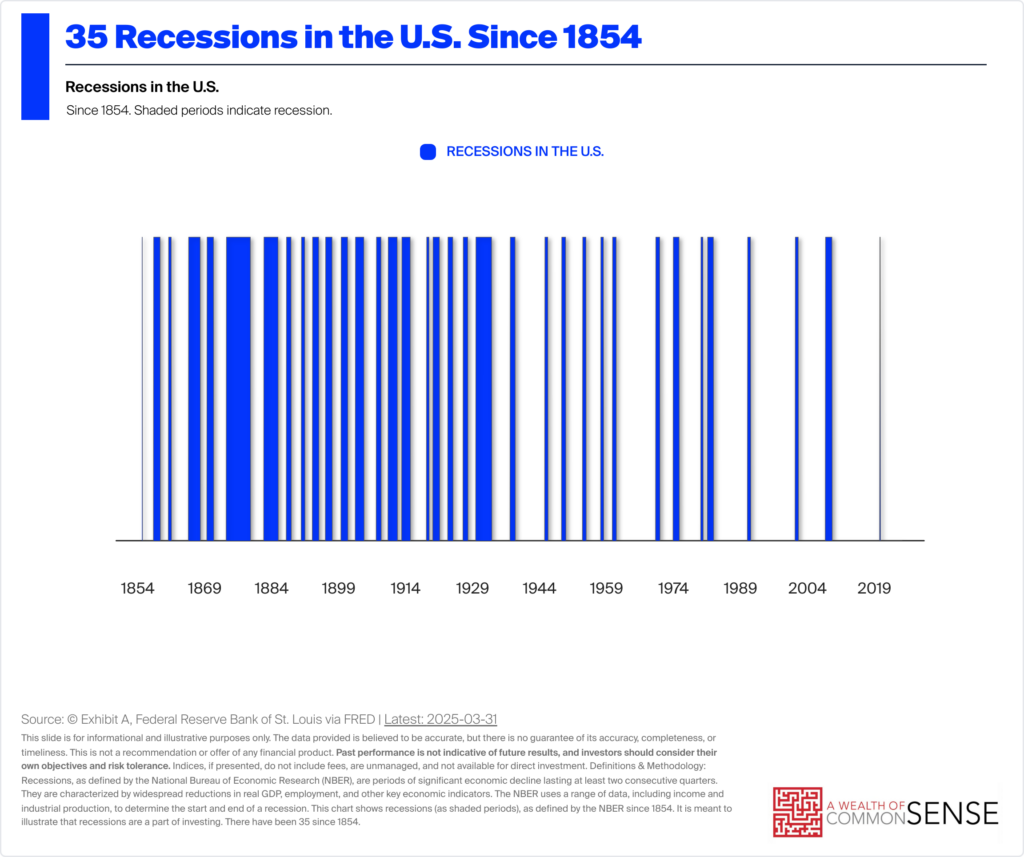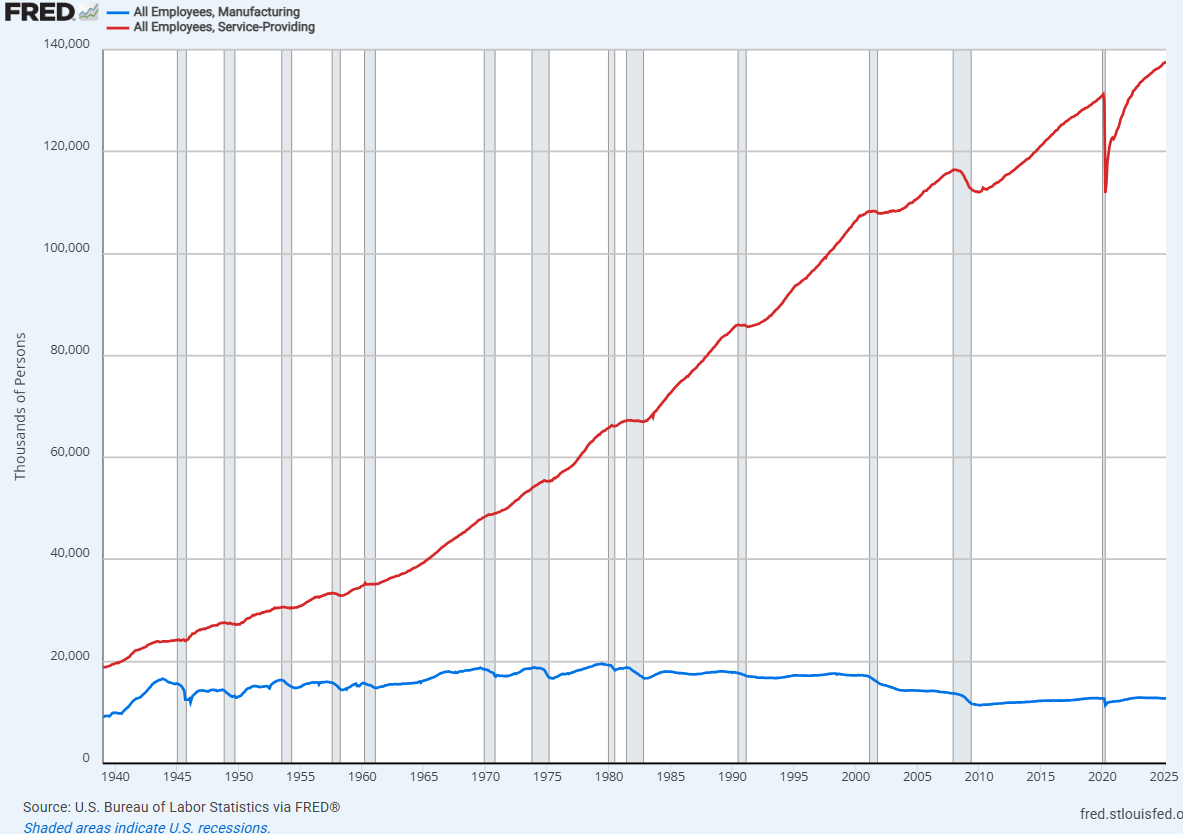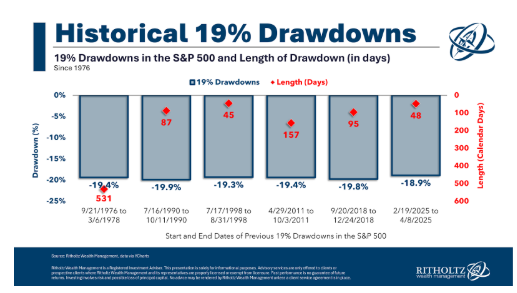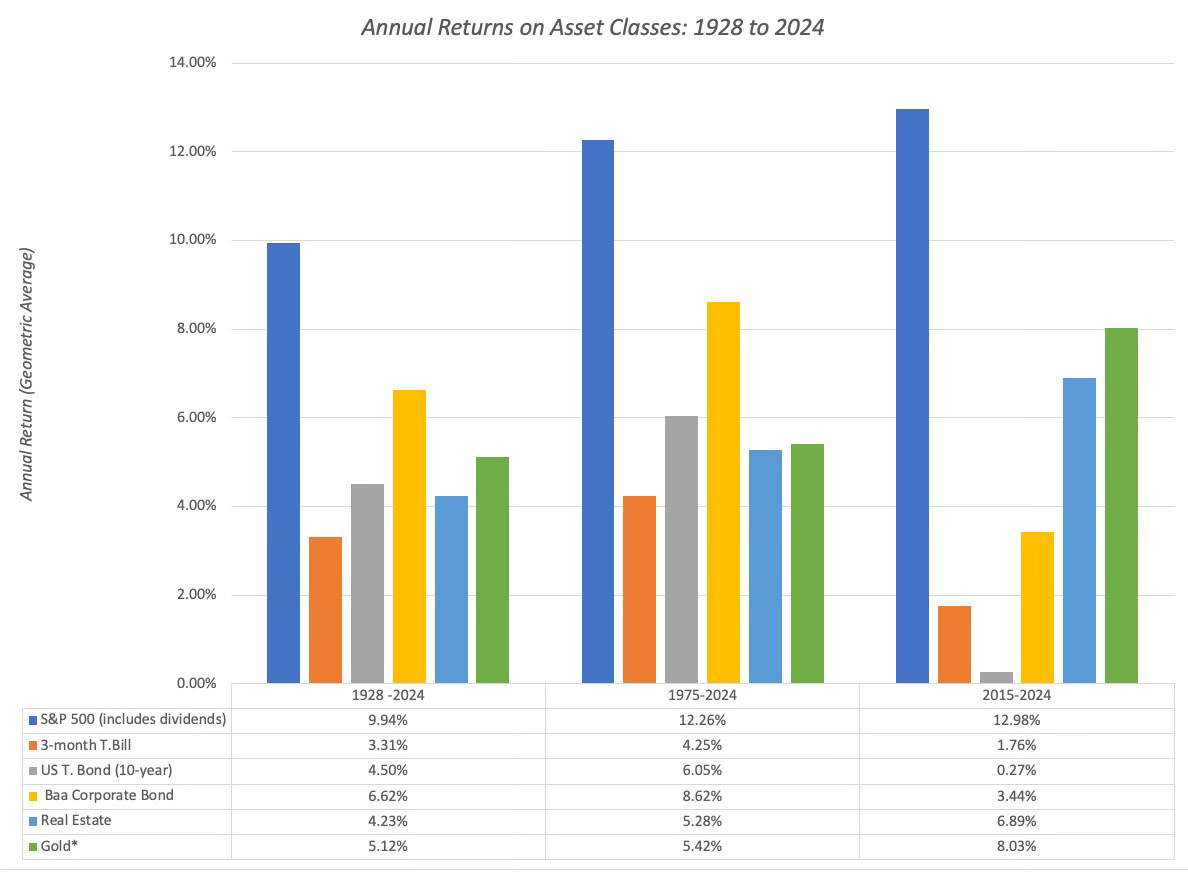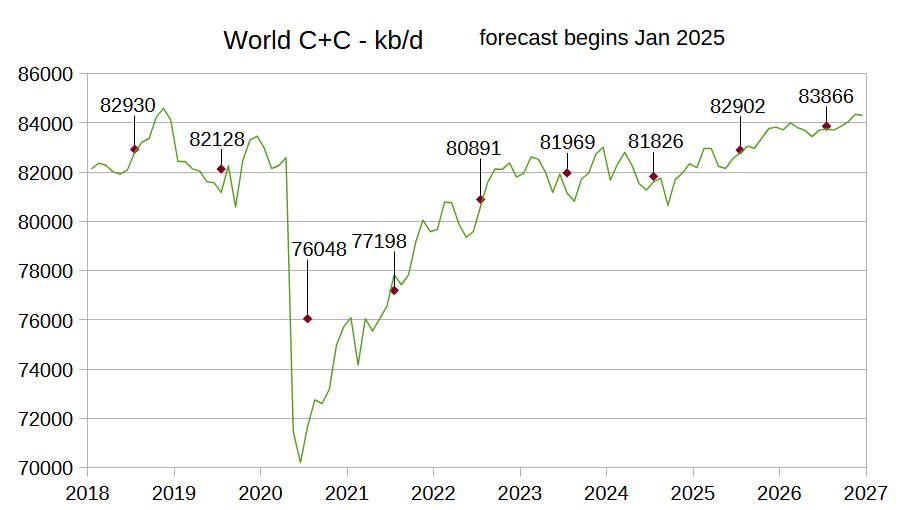I’ve Been Writing About Personal Finance for 30+ Years and These Are My 6 Alternatives to the 50/30/20 Budgeting Rule
I’m a huge fan of the 50/30/20 rule and find it especially useful for those who’ve never budgeted. The way it breaks each budget item down into a spending category helps the first-time budgeter learn to balance necessities with non-necessities and prioritize savings. Another thing I especially like about the 50/30/20 Rule is how it […] The post I’ve Been Writing About Personal Finance for 30+ Years and These Are My 6 Alternatives to the 50/30/20 Budgeting Rule appeared first on 24/7 Wall St..

I’m a huge fan of the 50/30/20 rule and find it especially useful for those who’ve never budgeted. The way it breaks each budget item down into a spending category helps the first-time budgeter learn to balance necessities with non-necessities and prioritize savings. Another thing I especially like about the 50/30/20 Rule is how it can be tweaked to fit any budget. For example, someone living in a high-cost-of-living area may need to spend more than 50% of their income on necessities. Maybe their rule becomes 60/20/20 or 70/15/15.
That said, after 30+ years covering business and personal finance, there are other budgets I find equally intriguing. Here are six of my favorite alternatives to the 50/30/20 budgeting rule.
Key Points
-
There is no such thing as a one-size-fits-all budget.
-
4 million Americans are set to retire this year. If you want to join them, click here now to see if you’re behind, or ahead. It only takes a minute. (Sponsor)
-
The right budget doesn’t demand much of your time but helps you accomplish your financial goals.
-
It’s okay to try several budgets or even mix and match the best features until you find one that helps you make the most of your money.
1) Envelope budgeting system
The envelope budgeting system encourages disciplined money management by helping you visualize where your money goes. Here’s how it works:
- You assign each dollar of your income to a different spending category. For example, you may have a rent category, savings category, grocery category, etc.
- Typically, you use old-school envelopes, marking each with a different category.
- Any time you get paid, you withdraw the cash and place it in the budget category envelope it belongs in. For example, if you budget $400 for groceries, you put $400 cash in the “grocery” envelope.
- The money in each envelope represents your spending limit for that category. Once it’s gone, you can’t spend more in that category until your next pay period.
2) Pay-yourself-first budget
The idea behind the pay-yourself-first budget is to treat savings as a non-negotiable expense. Ideally, it helps you build wealth without feeling deprived. Here’s how you get started:
- Set savings goals. For example, you may want to save for retirement, a down payment on a home, a new car, or an emergency fund.
- Estimate how much you’ll need to save each month to meet your goals.
- Contact your bank to set up automatic transfers to your investment and savings accounts. This ensures that your income is saved before you have the opportunity to spend it on other things.
- Budget your remaining income. Create a budget that directs where the remainder of your income should go.
- Review and adjust as needed.
3) Zero-based budgeting
If you’re detail-oriented and appreciate a budget that tracks every dollar, zero-based budgeting may be right for you. Here’s how it works:
- Determine your monthly income from all sources.
- List your monthly expenses, including fixed expenses like mortgage, rent, daycare, loan payments, etc. Also, list variable expenses, such as groceries, dining out, and entertainment.
- Assign a specific amount of money to each expense.
- Track your spending. Regularly check your budget to ensure you’re on track.
- Review and adjust as needed.
4) The 60% solution
Like 50/30/20 budgeting, the 60% solution is meant to simplify your financial life by focusing on the big picture rather than tracking every dollar you spend. Here’s how the 60% solution breaks down.
- Allocate 60% of your income to necessary and non-negotiable expenses. This includes all fixed bills.
- Dedicate 20% of your income to debt repayment and savings.
- Use the final 20% for discretionary spending, including dining out, entertainment, hobbies, and other non-essentials.
5) Proportional budgeting
Proportional budgeting is designed to help you prioritize different portions of your financial life. Here’s how to get started:
- List your monthly income from all sources.
- Break bills down into categories. For example, you may create a housing, grocery, transportation, debt repayment, entertainment, and savings category. The point is to ensure each bill fits in a specific category.
- Decide the percentage of your income you’d like to allocate to each spending category.
- Track spending and tweak the budget as needed. It may take a little while for you to settle on proportions that are just right for your budget.
6) The anti-budget
If you can’t stand the idea of traditional budgeting, you may enjoy the anti-budget. Here’s how it works:
- Set savings goals based on your financial goals.
- Contact your bank to set up automated savings.
- Once your paychecks hit the bank and the money is transferred, spend the rest as you see fit. As long as bills are paid, there’s no need to track every expense.
No single budget can be described as one-size-fits-all. What works for a friend may not be right for you. Experimenting with different budgets before marrying yourself to one can be helpful, especially once you land on one that supports your financial goals.
The post I’ve Been Writing About Personal Finance for 30+ Years and These Are My 6 Alternatives to the 50/30/20 Budgeting Rule appeared first on 24/7 Wall St..





























































